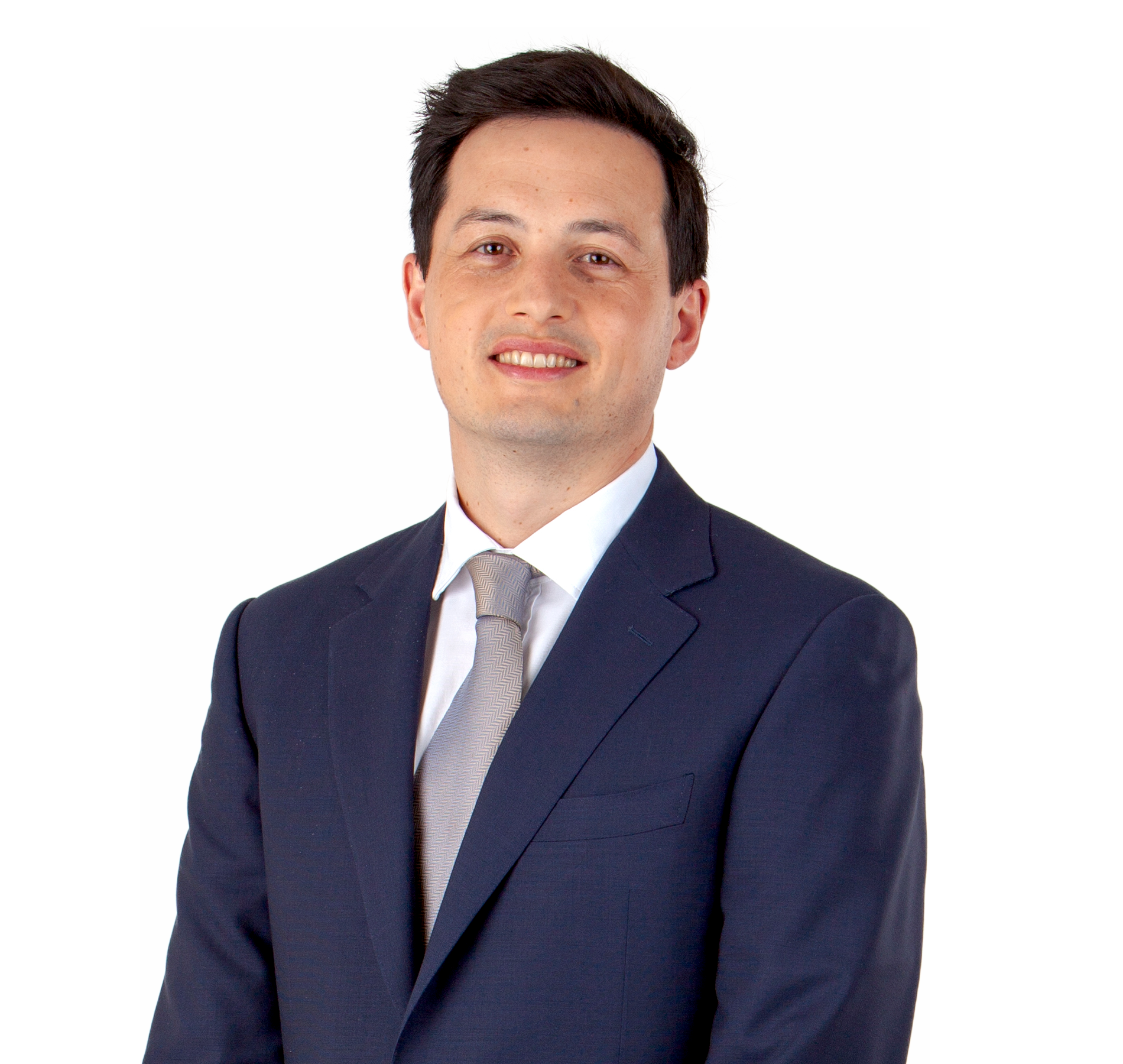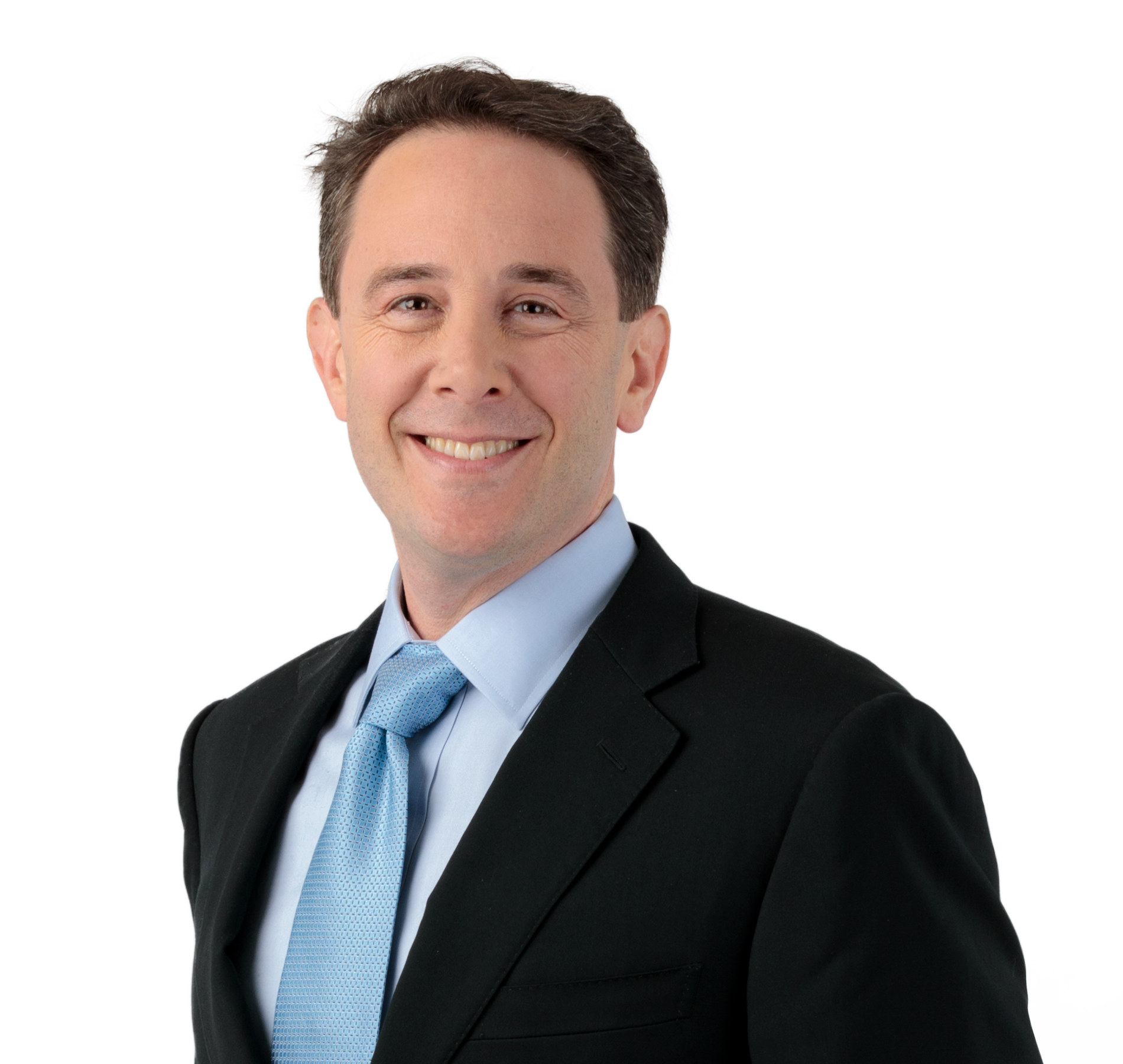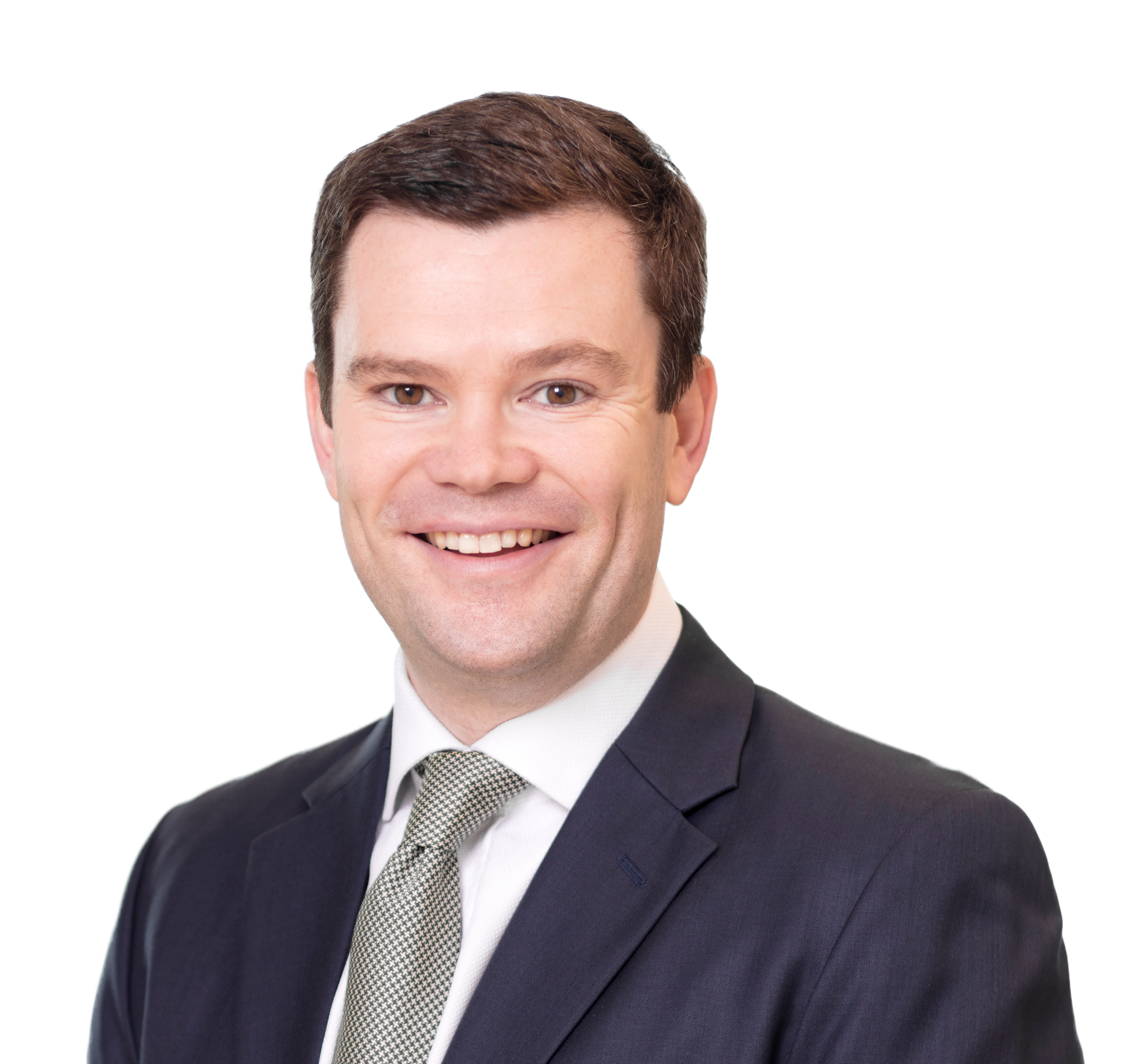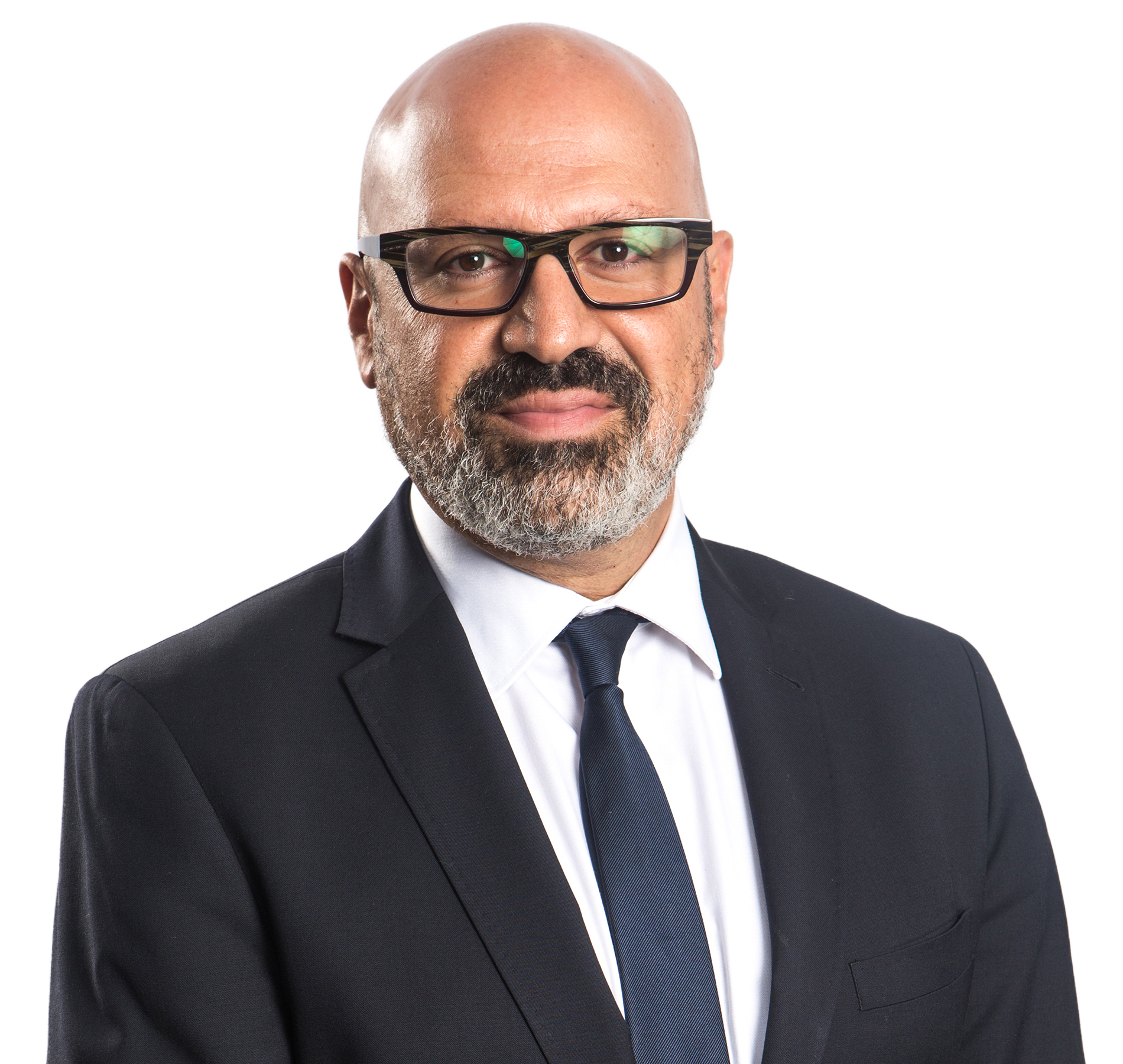After last year’s sell-off in public markets, we are back to an environment that favours fundamental investing, according to participants at a recent roundtable hosted by Janus Henderson.

“I think we’re back to a world of fundamental investing,” said Richard Clode, portfolio manager at Janus Henderson and co-manager of the global technology leaders and sustainable future technologies strategies.
“Interest rates are going to stay higher for longer, central banks are going to be tapering and not doing QE and you’re going to have to have a company that is self-sufficient. And we just got away from that in recent years.”
Clode’s views echoed sentiments expressed by other fund managers in recent months who have said that this year is not about making big sector calls but rather about doing bottom-up research to find companies that are well-positioned to prosper in this environment.
The rally in equity and bond markets, which began in October, started to reverse last month as investors grapple with the prospect that the US Federal Reserve may persist with its rate hiking cycle longer than expected due to sticky inflation.
This type of environment increases the risk of recession, which market observers say underscores the need for active management.
Those views were echoed by the other participants and Andy Acker, portfolio manager at Janus Henderson and manager of the global life sciences and biotechnology strategies, also observed that the healthcare sector had seen a polarisation in stock performance lately based on the success of clinical data.

“We saw a real bifurcation, where companies coming out with successful data, positive data, addressing unmet needs performed very well in the market and those that had disappointing data performed poorly. Now you see a real differentiation and as an active investor in the sector that’s the kind of environment that we want to see,” he said.
Clode said that he was bullish on China, citing the amount of pent-up demand following the end to the country’s zero-Covid policy in December.
“We’ve significantly increased our China exposure, specifically around Chinese internet, because we think that’s a great play on pent-up exposure. There are various numbers out there. But $2.6trn of excess savings over the last three years, the GDP of Germany or something, that’s hopefully something that should be unleashed,” he said.
Tim Gibson, portfolio manager and co-head of global property equities, did not share the same enthusiasm as Clode, pointing out that although China had taken a number of steps lately to shore up the embattled property sector including its much-touted 16-point plan, the outlook remained challenging.

“I think the recovery such as it is will probably be more l-shaped than any particular strong bounce back. One has to be open to the possibility that more measures are coming and this could be the bottom. But frankly for us relative valuations and the fact that China is not in our benchmark means we’re probably happy to stay clear from the residential market at this point in time,” he said.
Finally, one of the standout performers last year were macro funds. Macro strategies, which base their holdings on the economic and political outlook of a given country or certain other macroeconomic factors, experienced their best year in decades last year, on the back of some of the biggest interest rate and currency moves in many years.

Andrew Kaleel, portfolio manager at Janus Henderson, said that he expected this year to be much tougher, although he said there were still opportunities with a weaker dollar and also in fixed income.
“Last year was probably some of the easier trends that we were able to jump on board. This year will certainly be a lot more selective. Clearly the weakness in the US dollar will provide opportunities,” he said. “But, of course, bonds at these levels look a lot more attractive, particularly at the short end of the curve.”

















